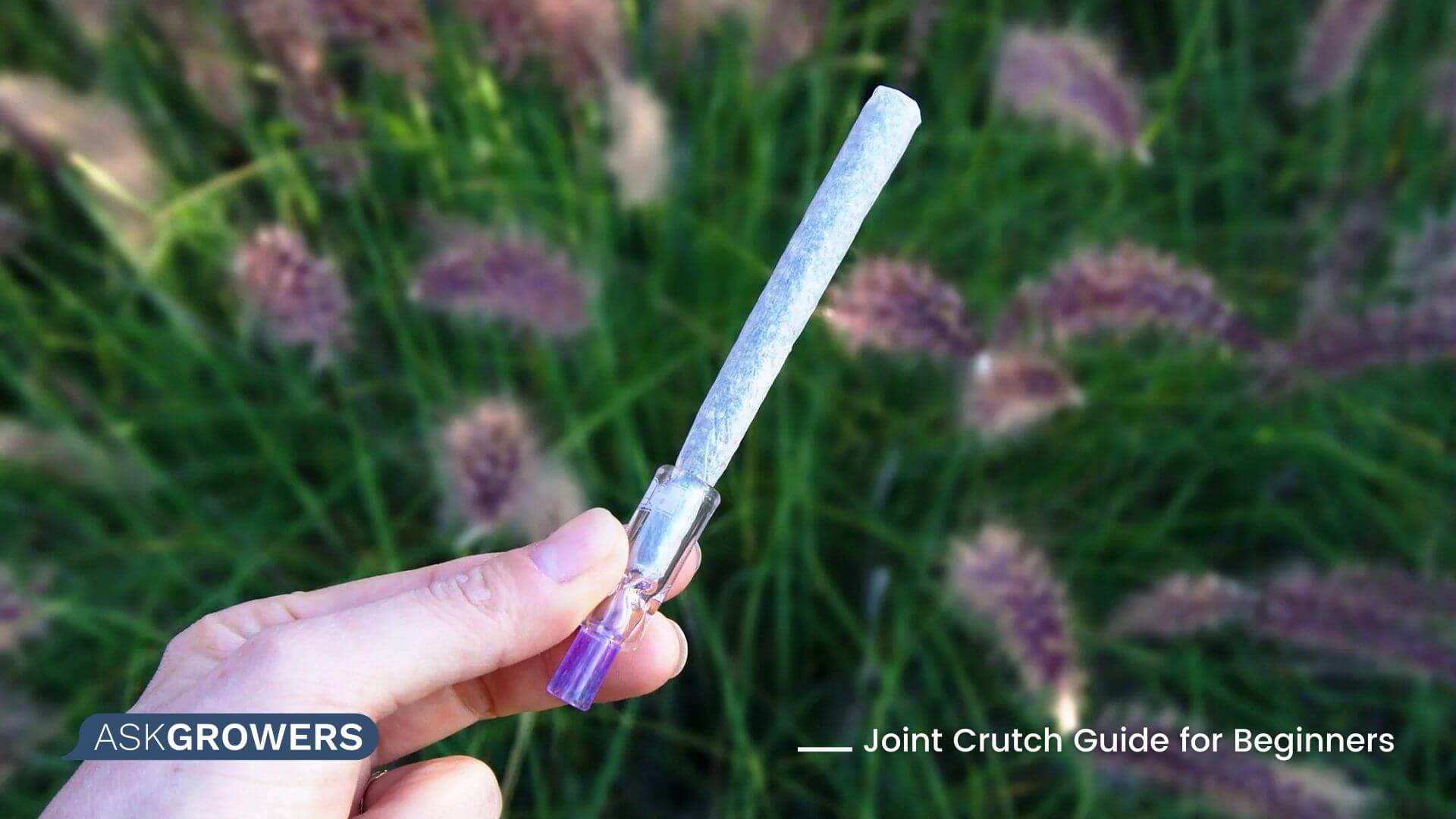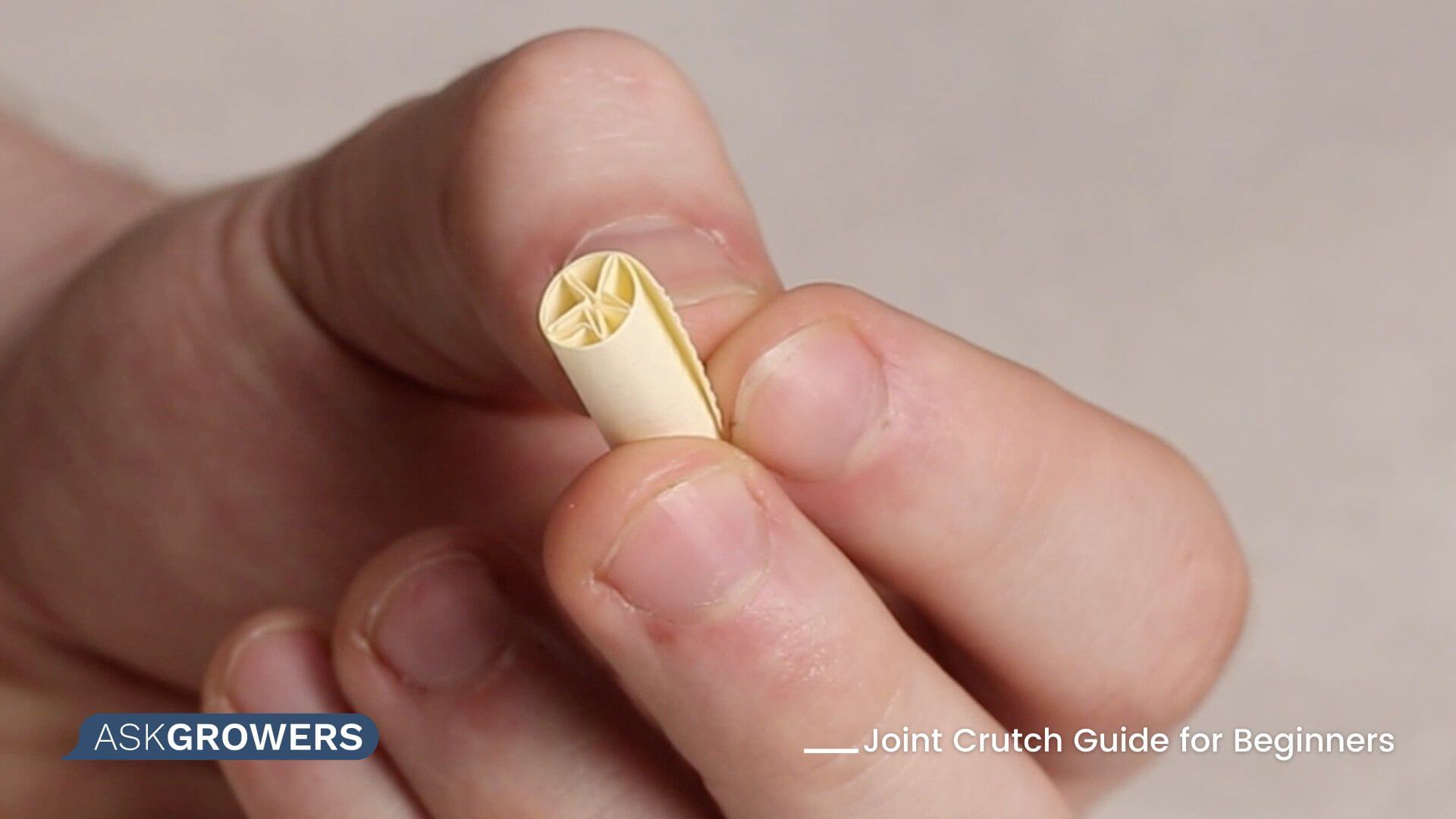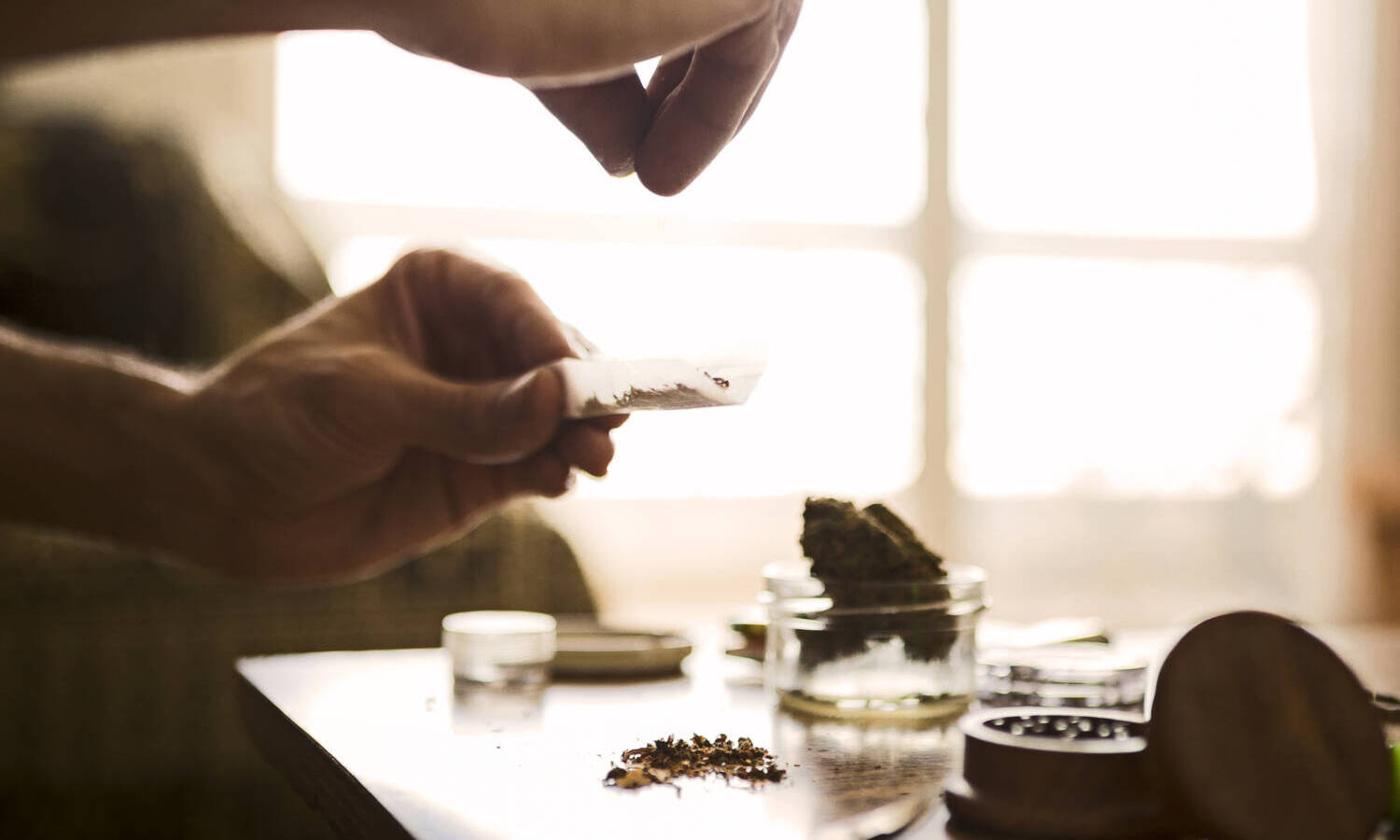A filter and a crutch are interchangeable words regarding smoking joints. It is a mouthpiece that allows smokers to structure their joints open for airflow.
Naturally, novice stoners who have already started rolling their joints want to upgrade their skills. The next level that can increase their smoking experience is making filters for their joints and spliffs. Here is a marijuana joint crutch guide for beginners.
Seasoned smokers may find this element unnecessary, but it will be a helping hand for beginners who are new in this sphere. This post highlights the main benefits of using crutches and gives a detailed guide on how to make a filter for a joint at home.

Step-by-step Guide on How to Roll a Crutch
You don’t need origami background knowledge or special equipment to make a crutch for joint; however, you may require some basic techniques to make it professionally. Most beginners roll their first crutches by simply rolling paper into a cylinder; however, this spiral-shaped construction has some flaws:
- It is not sturdy and can lose its shape.
- The big opening in the center of the crutch will allow weed particles to get into your mouth and on your lips.
The best and easy way how to make joint filter is described below:
- Take paper for your filter and cut out a piece – a 2.3’’-3’’ long and ¾’’- ½’’ wide rectangle. The cuts don’t need to be perfect, but it’ll be easier to roll something congruent.
- Start making folds on one paper end, alternating the folding direction. Create a zig-zag (or accordion-style) pattern shaped like “W” or “M.” Some people go with a “V” or “N” design. Make the folds as tightly as possible since these creases catch excess weed flowers. Three-four folds will be enough, but you are free to experiment and find what is better for you. Leave at least half of the paper unfolded.
- Roll the remaining paper end around the folded part until it ends. Press the paper tightly as you roll it since the folds are a little springy and may want to expand or unroll. This additional paper layer acts as a case that prevents the filter from expanding. To avoid clogging, you can trim off any excess material.
- Place your crutch at the end of the rolling paper and roll it into your joint. The filter will hold its shape once it is rolled into a joint, while its springiness will keep the filter from falling out of the end of the joint.
Now, you can enjoy the benefits of your joint crutch during a smoking session. With little practice, you’ll be able to find your ideal rolling material and make crutches like a pro.
Typically, they are put in joints and spliffs and are less common with blunts.

Why Use a Crutch in a Joint?
The filter is not a necessary integration to your joints, and you can enjoy smoking without a tip. Still, some stoners can count on better experiences when they smoke cannabis flowers with a filter. Here are some reasons to start doing the same:
- A crutch helps to create a good shape for your joint and makes it look better. It becomes sturdy and rigid, and comfortable to hold.
- A properly shaped joint improves airflow, making it smooth and consistent. It is especially helpful in a tightly-rolled joint.
- The crutch paper doesn’t absorb moisture, so that you won’t be passed a damp cigarette.
- It prevents lip and finger burns as you get closer to the end.
- The filter allows you to smoke your weed without waste, leaving no roach.
- There is no chance for the plant material to get into your mouth.
Since filters perform various functions, you may find them reasonable to use.
Read Also: What is a Spliff?
Choosing the Material for Your Filter
Filters can be made out of different materials, but almost always, it is paper. The best crutch options include:
- Business cards
- Thin cardboard
- Backside of your checkbook
- Index cards
- Postcards
- Top of a cigarette pack
- Manila file folders.
It is important to use stiff paper. It shouldn’t be too bulky like that of a cereal box but not too flimsy like printer paper. Avoid paper that has lots of dyes and ink on it. It should be free from bleach and other chemicals. Make sure you’re breathing all-natural materials that are safe for your health.
Since cannabis has become mainstream, other versions of crutches are emerging. Aside from paper ones, you can come across filters made of:
- Corn husk
- Plastic
- Wood
- Ceramic
- Glass
- Silicone
- Metal
- Activated charcoal.
RELATED: Science Says Medical Marijuana Improves Quality Of Life
Glass filters have become increasingly popular. They look like small hollow cylinders. You roll them into the bottom of your joint, similar to paper ones. These joint filter alternatives are sturdier and can be reused, which is good for the environment. They cool the smoke and filter out ash, but they don’t hold flowers in a cigarette that is not properly rolled.

Ready-Made vs. Home-Made Filters
If you’re not obsessed with making filters on your own or this process adds a ton of extra work to your smoking experience, opt for pre-cut or pre-rolled ones that require zero-to-no work and save time. If you’re buying a pre-rolled joint, it often comes with an attached filter.
Choose paper ones because they allow you to taste your cannabis better and enjoy the cleanest smoke. Usually, pre-cut filter paper is 2’’-4’’ long and ¾’’ wide, depending on the manufacturer. Besides, ready-made crutches with a visible filter help remove any tar.
Dispensaries sell a variety of brands that manufacture fiber paper crutches. They are made on a special mill and are easy to work with. Long fiber paper is designed to roll up smoothly and is good at holding its shape.
Home-made crutches vary in size, depending on the material and smoker’s rolling skills.
Read Also: What Are Pre-Rolls?
Joint Crutch Art
Similar to rolling a nicely-looking joint, there is an art of rolling crutches. There are multiple ways to roll joint tips, depending on your creativity. You can shape your filter as follows:
- Accordion
- Star
- Heart
- Mercedes symbol
- Cannabis leaf.
After mastering basic rolling practices, you can perfect your technique and impress your stoner friends with your artwork.

This article originally appeared on AskGrowers.com and has been reposted with permission.


